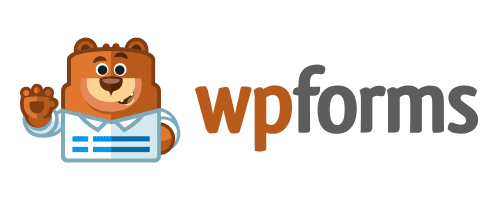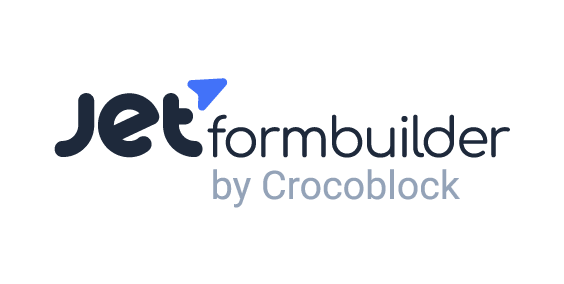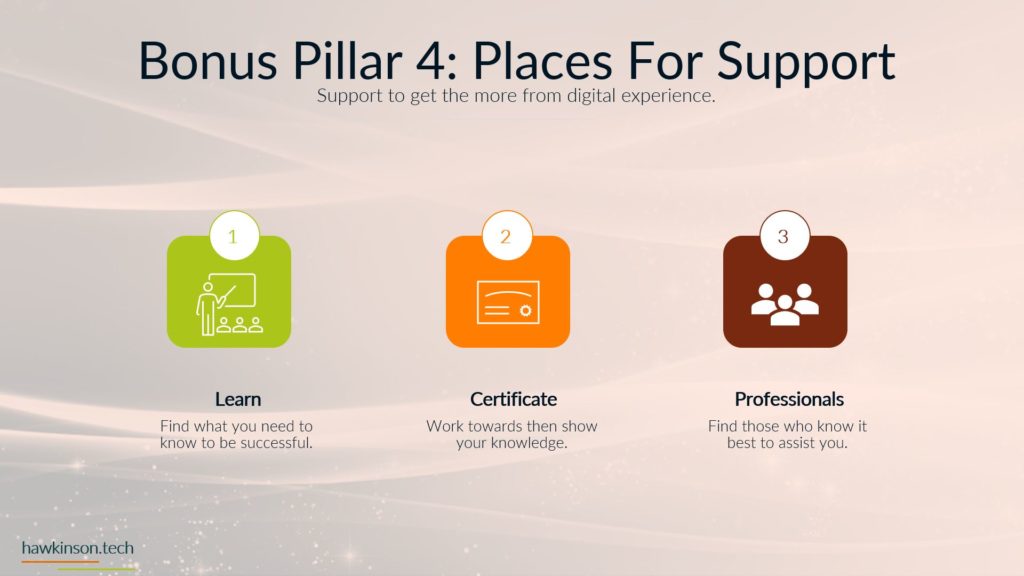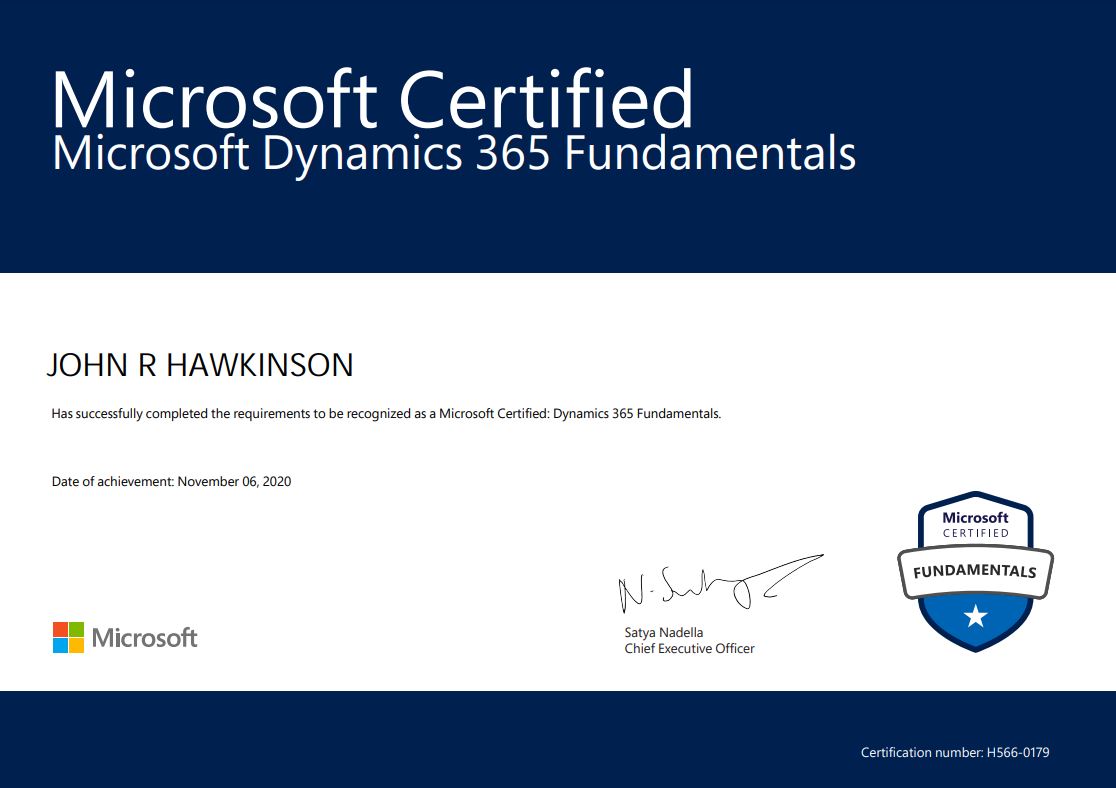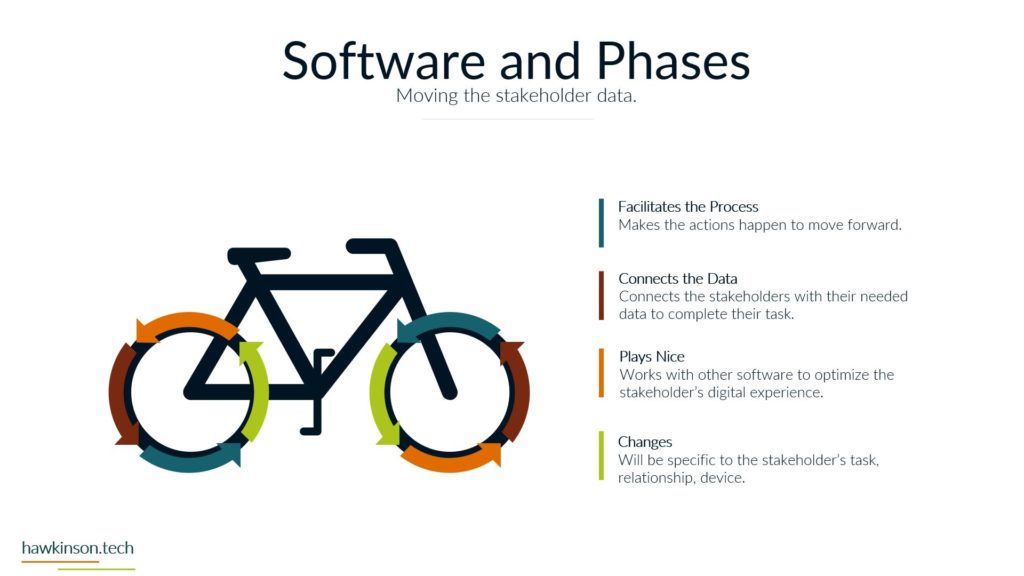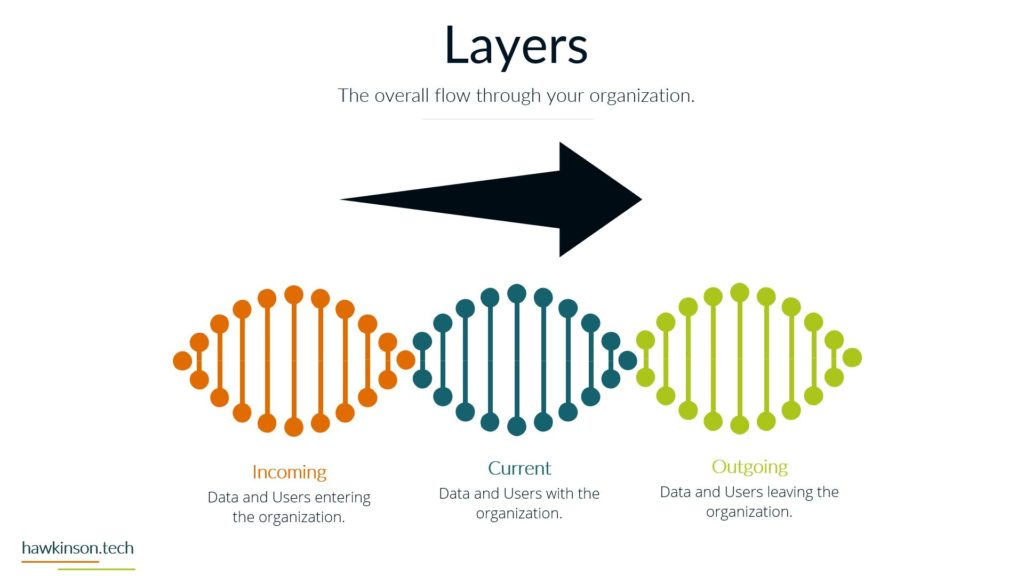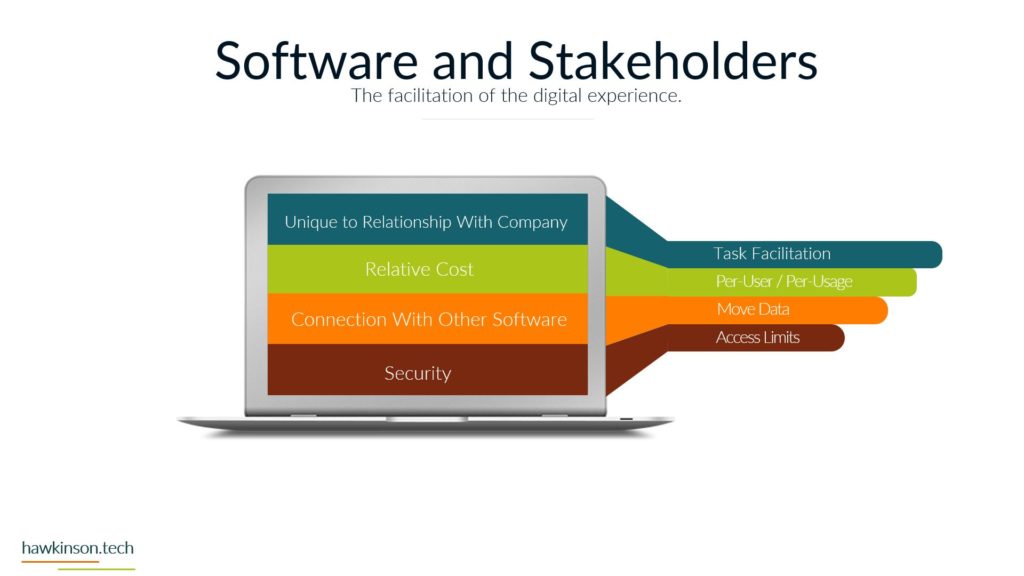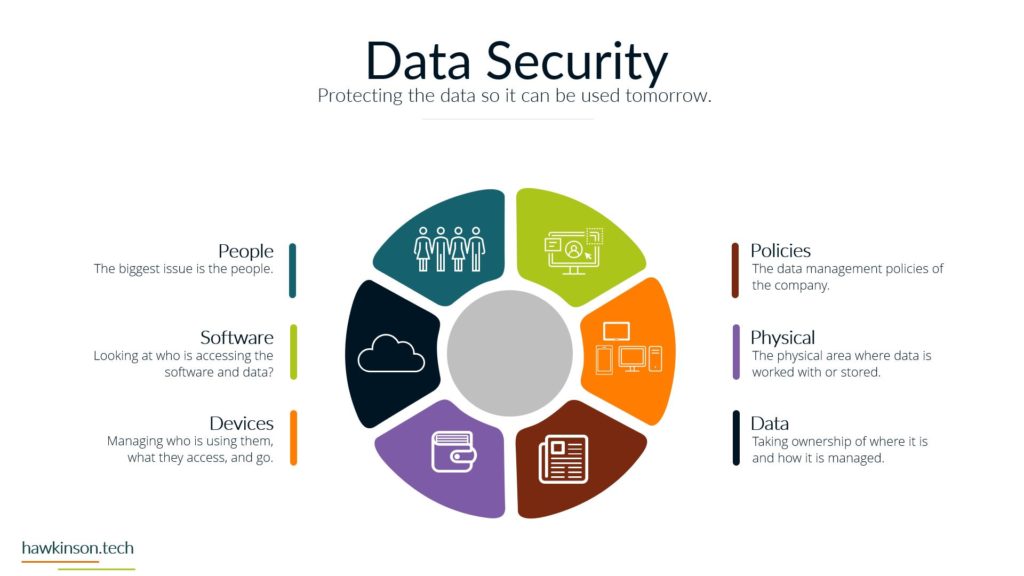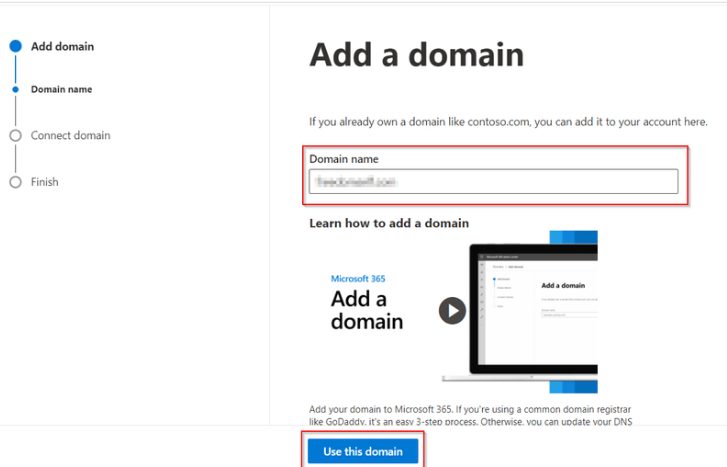JotForm: The Ultimate Online Form Builder
Simplify Data Collection with JotForm Elevate your data collection process with JotForm, the ultimate online form builder. Say goodbye to tedious paperwork and manual data entry. JotForm empowers you to create stunning, intuitive forms that capture and organize data seamlessly. Whether you need to collect customer feedback, process payments, conduct surveys, or streamline your workflow, JotForm has covered you.
- Effortless Form Creation: With JotForm’s user-friendly drag-and-drop interface, you can easily design custom forms that align perfectly with your brand. No coding or technical expertise is required.
- Endless Possibilities: Choose from a vast selection of pre-designed templates or start from scratch to build forms tailored to your unique needs. JotForm offers a comprehensive suite of advanced form fields, allowing you to collect the required data.
- Seamless Integration: JotForm integrates seamlessly with popular apps and platforms, enabling you to automate data transfers and streamline your workflow. Say goodbye to manual data entry and save valuable time.
- Mobile-Optimized: Ensure a seamless user experience across devices. JotForm’s forms are fully optimized for mobile, allowing respondents to complete forms on the go easily.
- Secure Data Collection: Protect sensitive information with JotForm’s robust security measures. Rest easy knowing that your data is encrypted and stored safely.
Enhance Your Brand Presence Stand out from the competition and elevate your brand presence with JotForm. Customize your forms with branding elements like logos, colors, and fonts to create a consistent and professional look. Add captivating images or videos to engage your audience and make a lasting impression. With JotForm, you have complete control over the design, ensuring that your forms reflect your brand’s personality and style.
- Brand Consistency: Maintain a consistent brand image by customizing your forms with your logo, colors, and fonts. Create a seamless experience for respondents that aligns with your overall brand identity.
- Visual Appeal: Capture attention and leave a lasting impression with captivating images or videos. Engage your audience visually and make your forms more compelling and memorable.
- Professional Look: JotForm’s sleek and modern form designs convey professionalism and credibility. Impress your clients, customers, or respondents with forms that reflect your commitment to quality.
- Mobile Optimization: Ensure your forms look stunning on any device. JotForm’s responsive design ensures that your documents are fully optimized for mobile, providing a seamless experience for users on smartphones and tablets.
- User-Friendly Experience: JotForm’s intuitive interface and clean design make it easy for respondents to navigate and complete forms. Reduce friction and enhance user satisfaction.
Streamline Your Workflow with Powerful Features Take your data collection to the next level with JotForm’s powerful features and tools. Simplify your workflow, automate repetitive tasks, and gain valuable insights with JotForm’s comprehensive suite of functionalities.
- Workflow Automation: Streamline your processes and save time with JotForm’s automation features. Set up workflows and trigger actions based on form responses, such as sending personalized confirmation emails or updating your CRM.
- Data Analysis: Gain valuable insights with JotForm’s robust data analysis tools. Analyze form responses, generate reports, and visualize data to make informed decisions and drive your business forward.
- Collaboration Made Easy: Collaborate seamlessly with team members or clients by sharing forms and collecting real-time feedback. JotForm’s collaboration features facilitate efficient teamwork and ensure everyone is on the same page.
- Integration Power: Connect JotForm with your favorite apps and platforms to create a cohesive data ecosystem. Sync form responses with your CRM, project management tools, or payment processors for streamlined data management.
- Versatile Applications: JotForm is perfect for various industries and use cases. Whether in e-commerce, healthcare, education, nonprofit, or any other field, JotForm provides the flexibility and adaptability to meet your specific needs.











